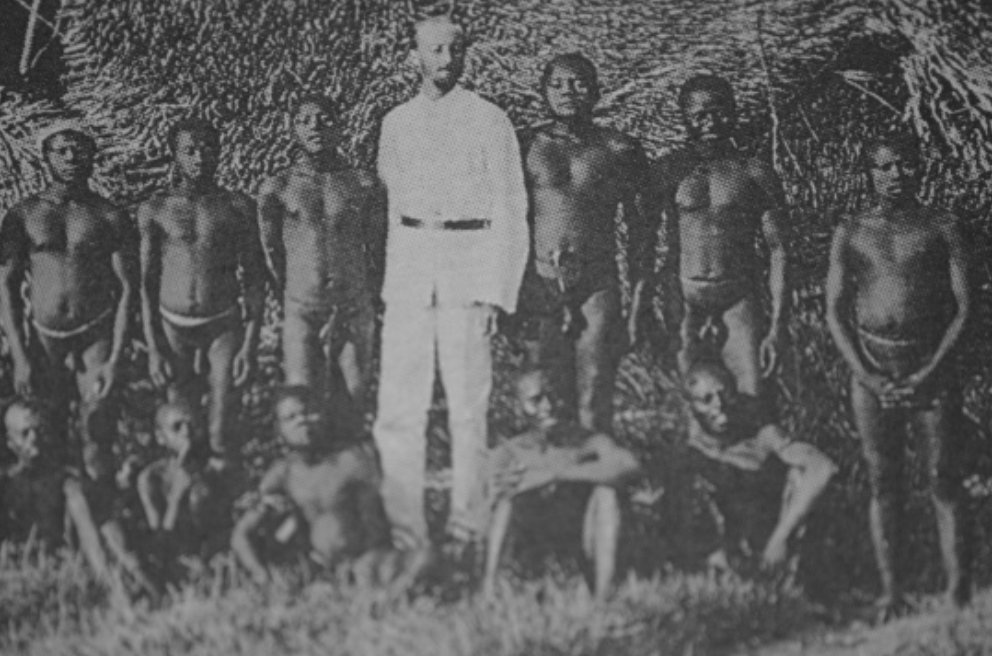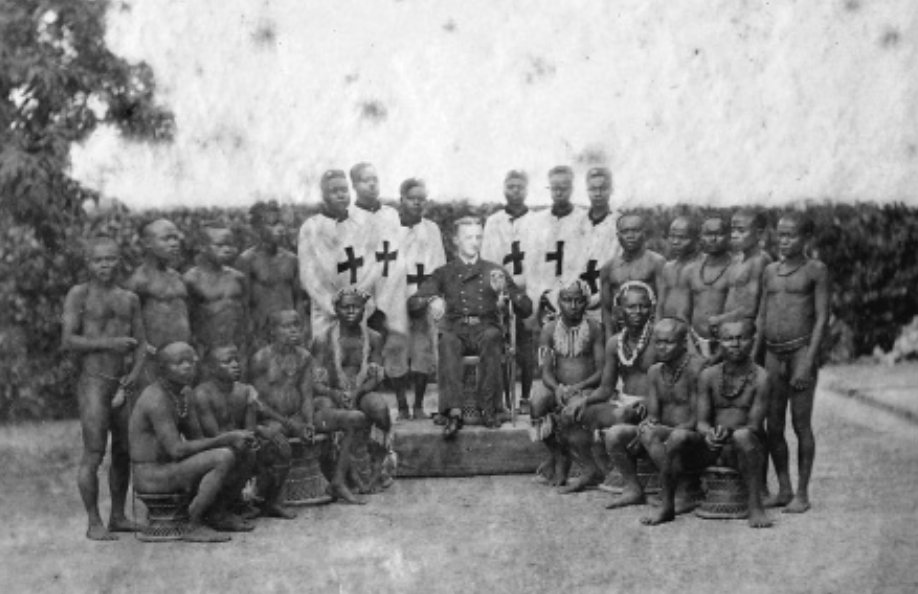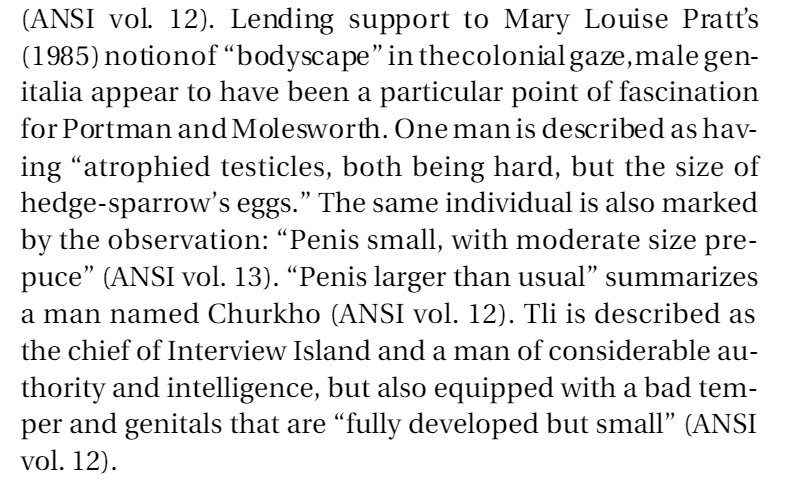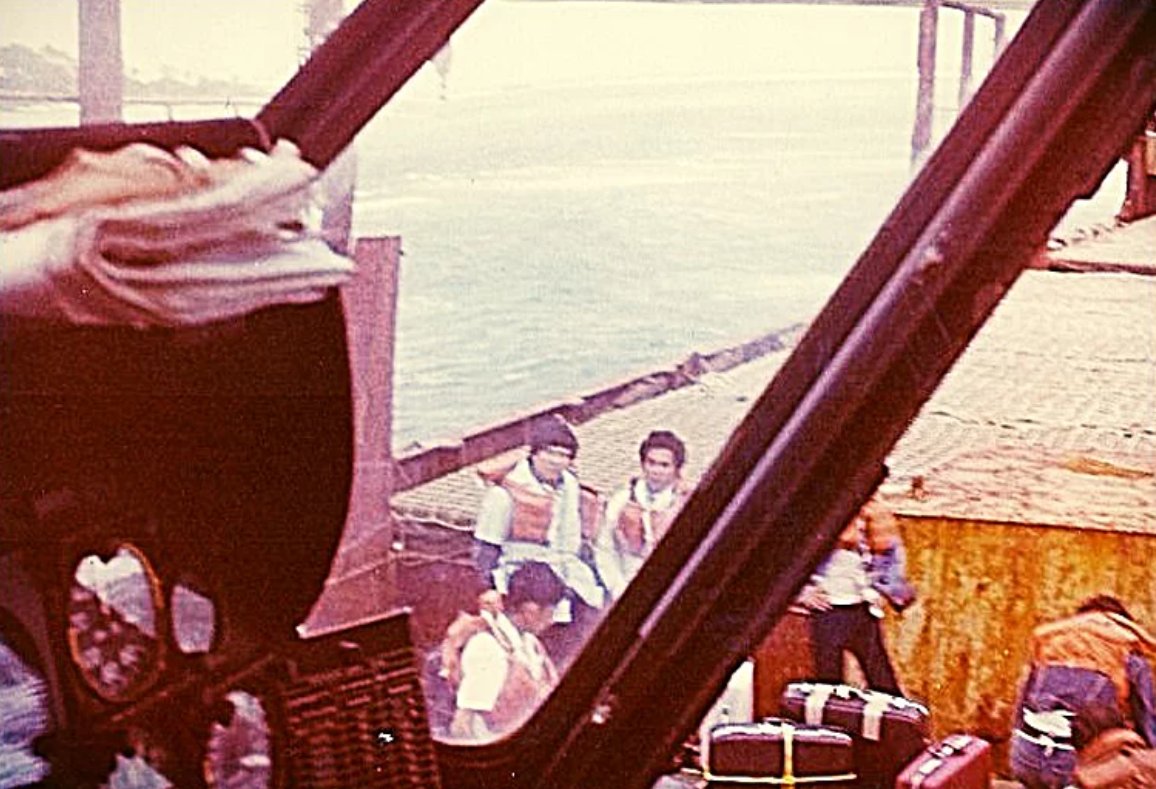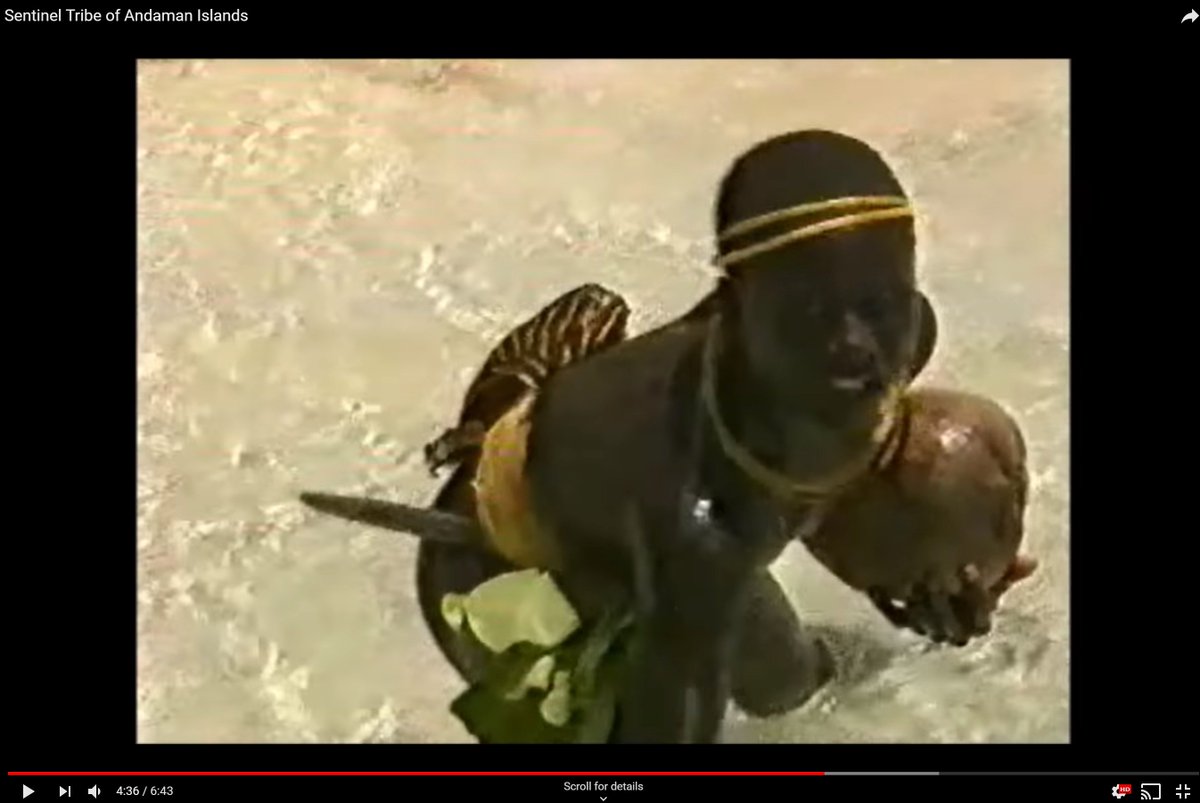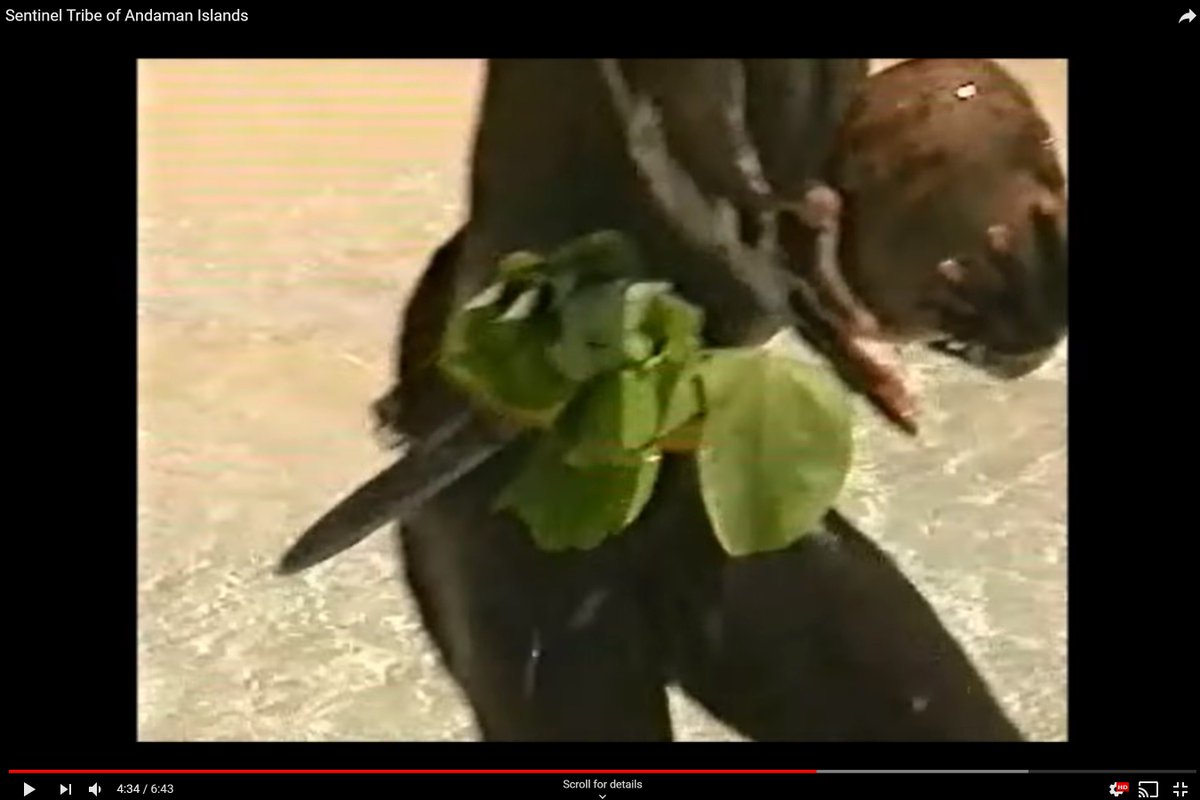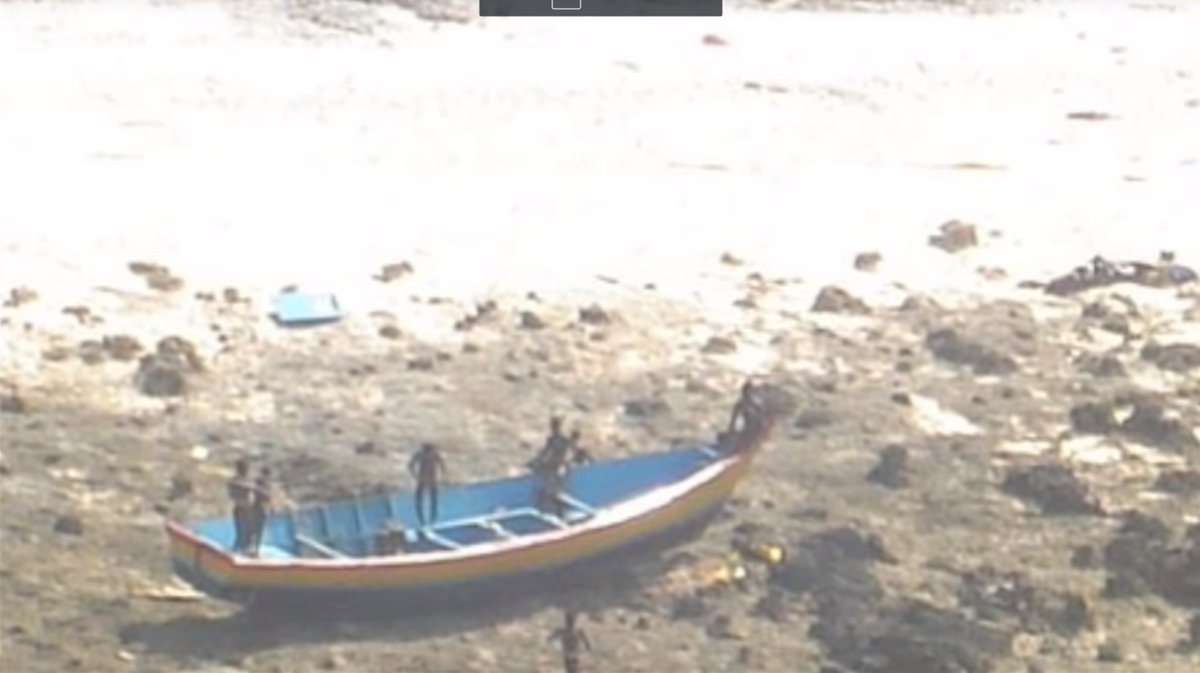…
It’s worth noting here that the idea that a parent should be a caretaker, educator, and entertainer rolled into one is not only historically, but also culturally specific. “There are lots of cultures where [parent-child play is] considered absolutely inappropriate—a parent would never get down on their knees and play with the children. Playing is something children do, not something adults do,” developmental psychologist Angeline Lillard said in an interview. “And that’s just fine. There’s no requirement for playing.”
Differences in practices around parent-child play exist within American subgroups, too. Sociologist Annette Lareau has observed a gap in beliefs about parent-child play between working-class/poor parents and middle-class parents in the United States. Working-class and poor parents in her study held a view that they were responsible for “supervision in custodial matters” (Did the child get to sleep on time? Does the child have sneakers that fit?) and “autonomy in leisure matters,” while the middle-class parents engaging in what Lareau termed “concerted cultivation” invested themselves heavily in children’s play. Ultimately, the poorer kids, Lareau found, “tended to show more creativity, spontaneity, enjoyment, and initiative in their leisure pastimes than we saw among middle-class children at play in organized activities.”
…
Interesting article (about 10 minutes reading), so long as you come at it from at least a little bit of an academic, anthropological perspective and so aren’t expecting to come out of it with concrete, actionable parenting advice!
Engaging in some kinds of play with your kids can be difficult. I’ve lost count of the hours spent in imaginative play with our 6-year-old, trying to follow-along with the complex narrative and characters she’s assembled and ad-lib along (and how many times she’s told me off for my character not making the choices she’d hoped they would, because she’s at least a little controlling over the stories she tells!). But I feel like it’s also a great way to engage with them, so it’s worth putting your devices out of sight, getting down on the carpet, and playing along… at least some of the time. The challenge is finding the balance between being their perpetual playmate and ensuring that they’re encouraged to “make their own fun”, which can be an important skill in being able to fight off boredom for the rest of their lives.
If I ever come up with a perfect formula, I’ll tell you; don’t hold your breath! In the meantime, reading this article might help reassure you that despite there almost-certainly not being a “right way”, there are plenty of “pretty good ways”, and the generally-good human values of authenticity and imagination and cooperation are great starting points for playing with your children, just like they are for so many other endeavours. Your kids are probably going to be okay.
